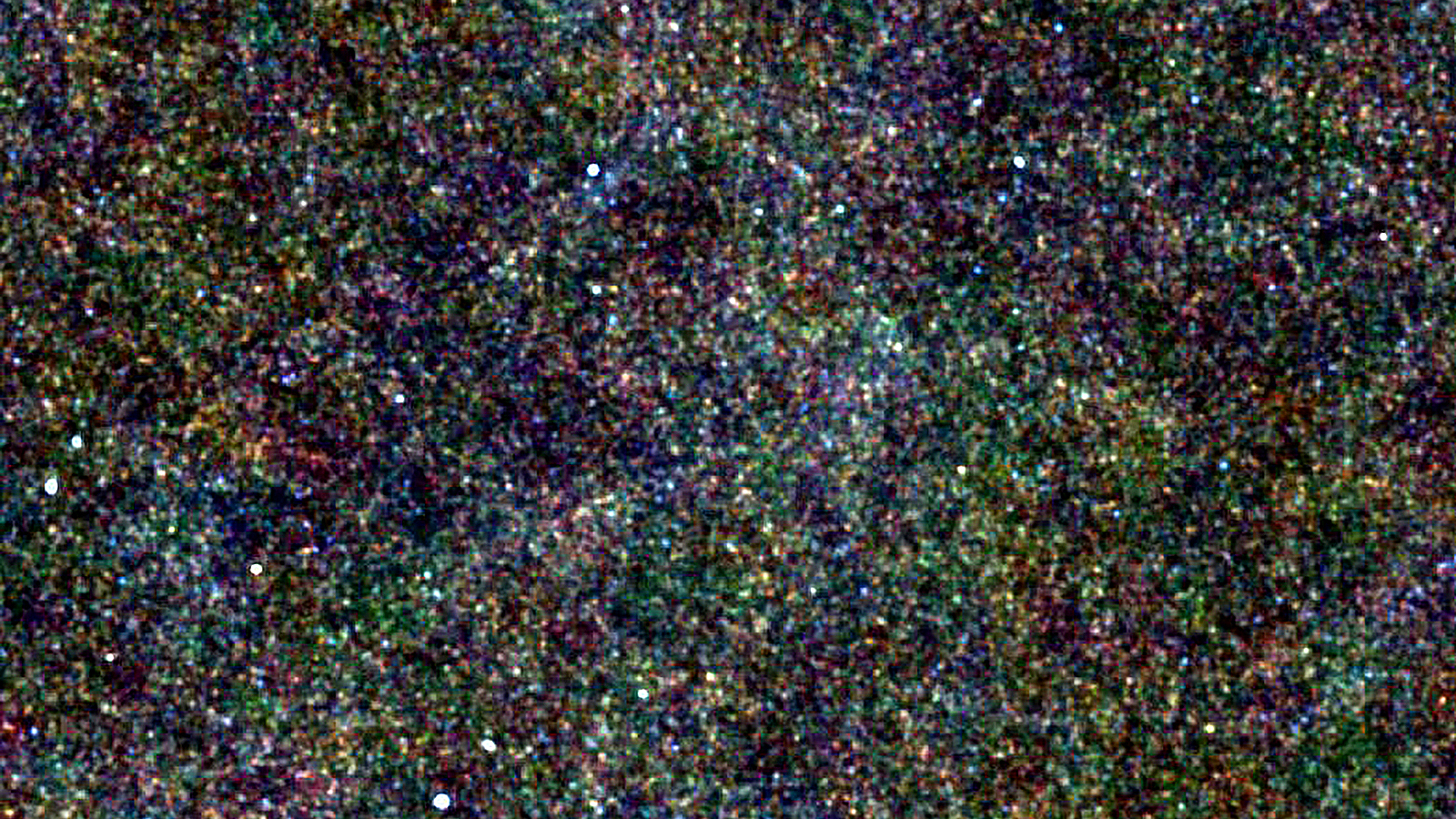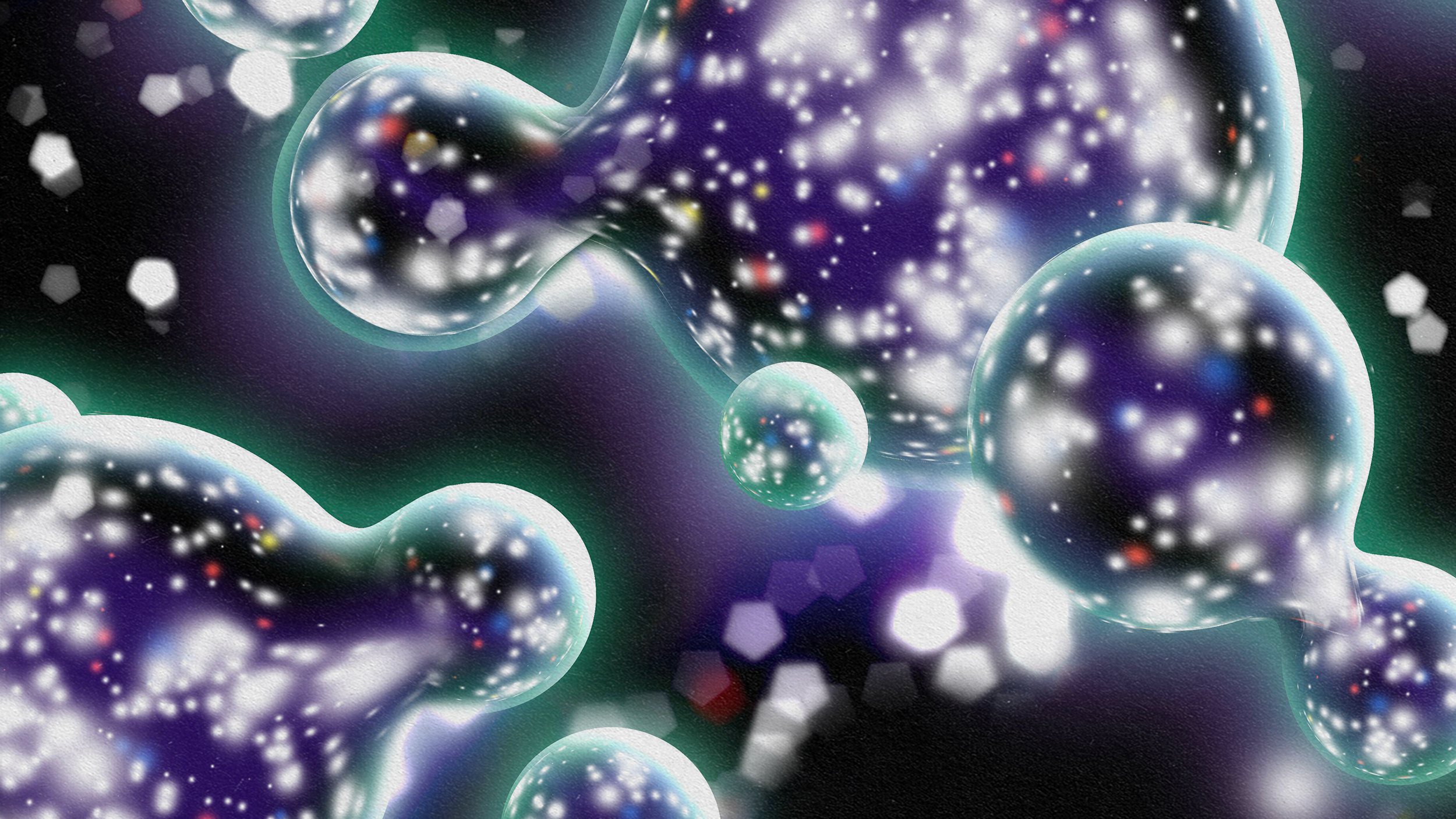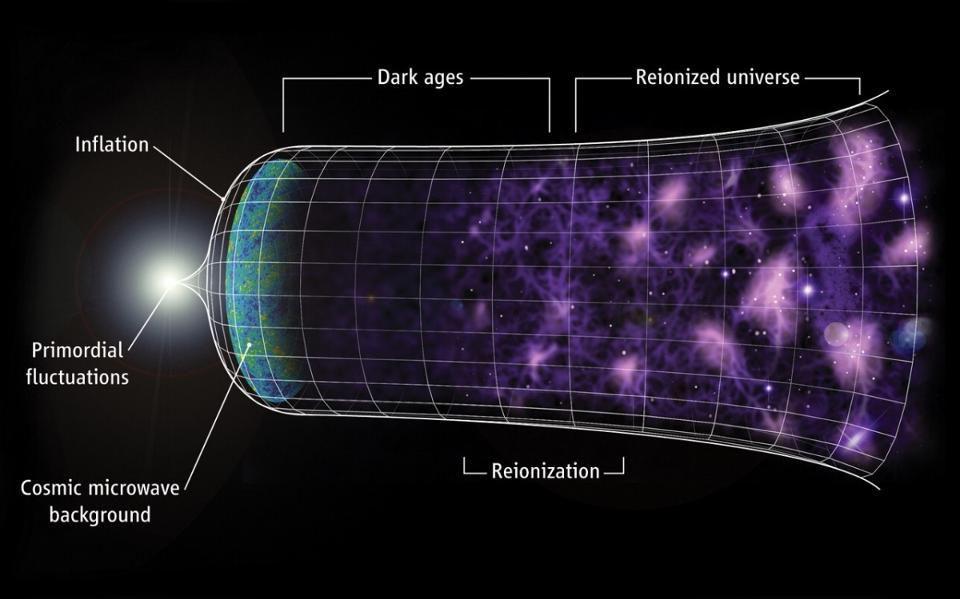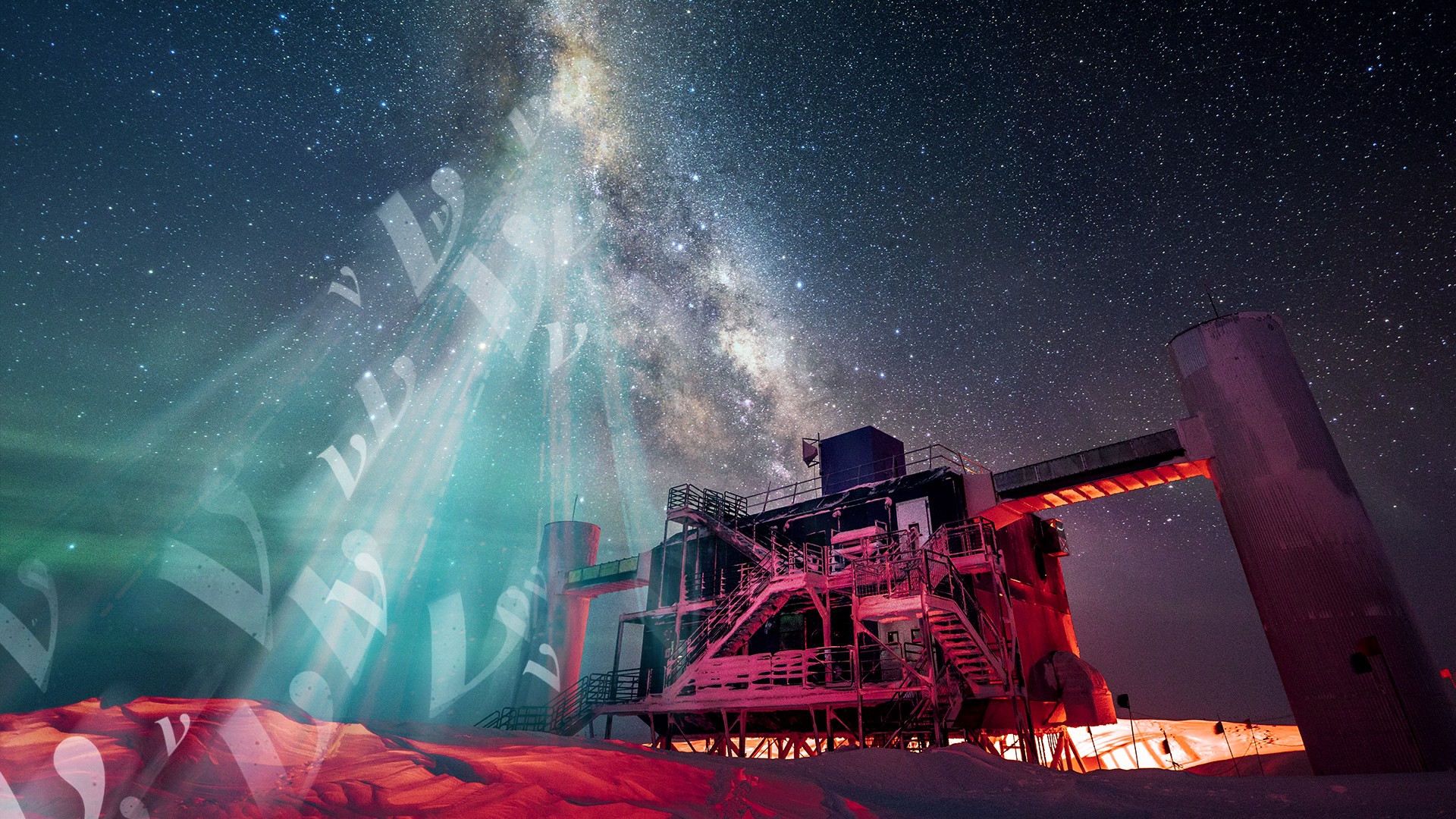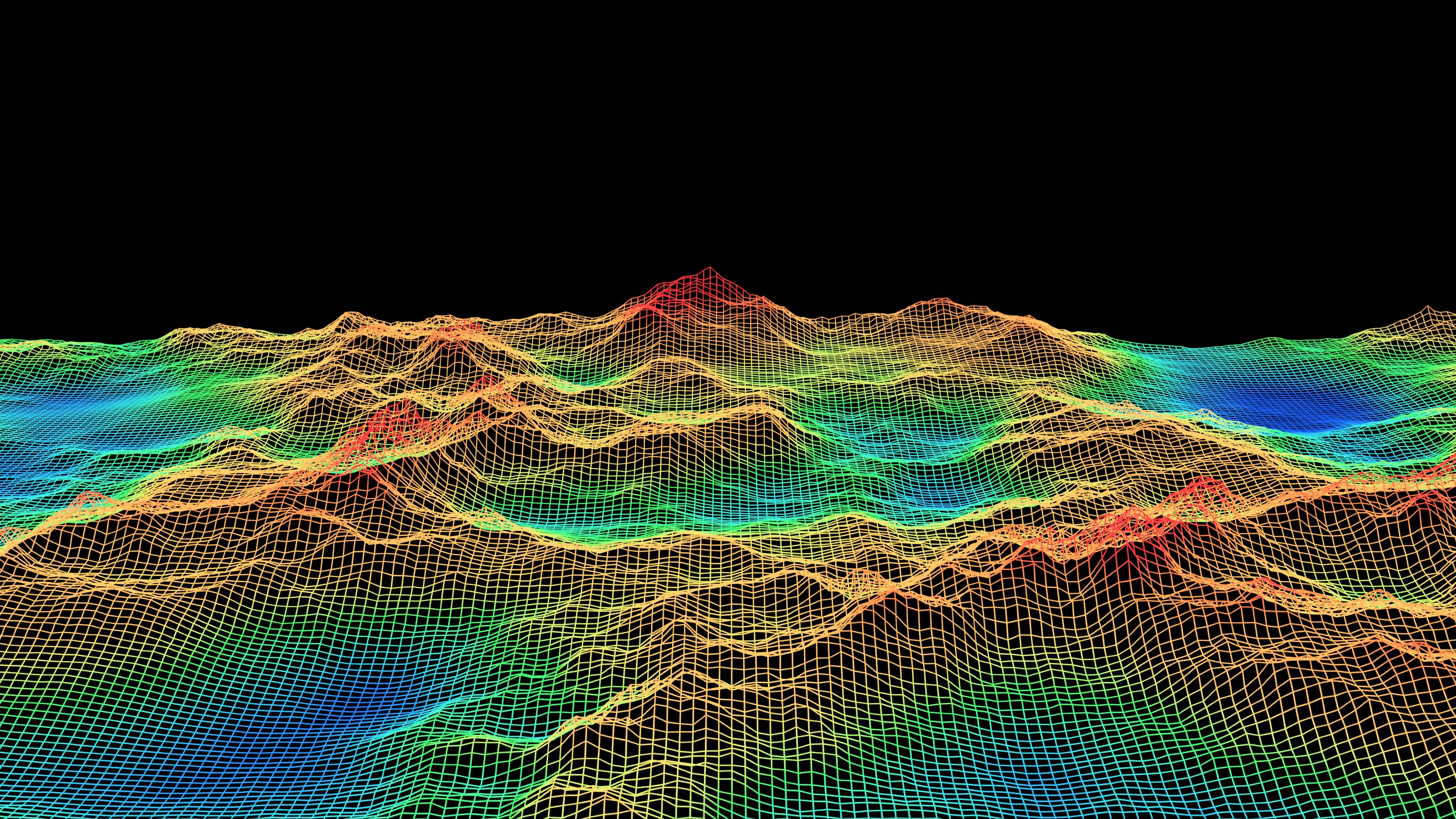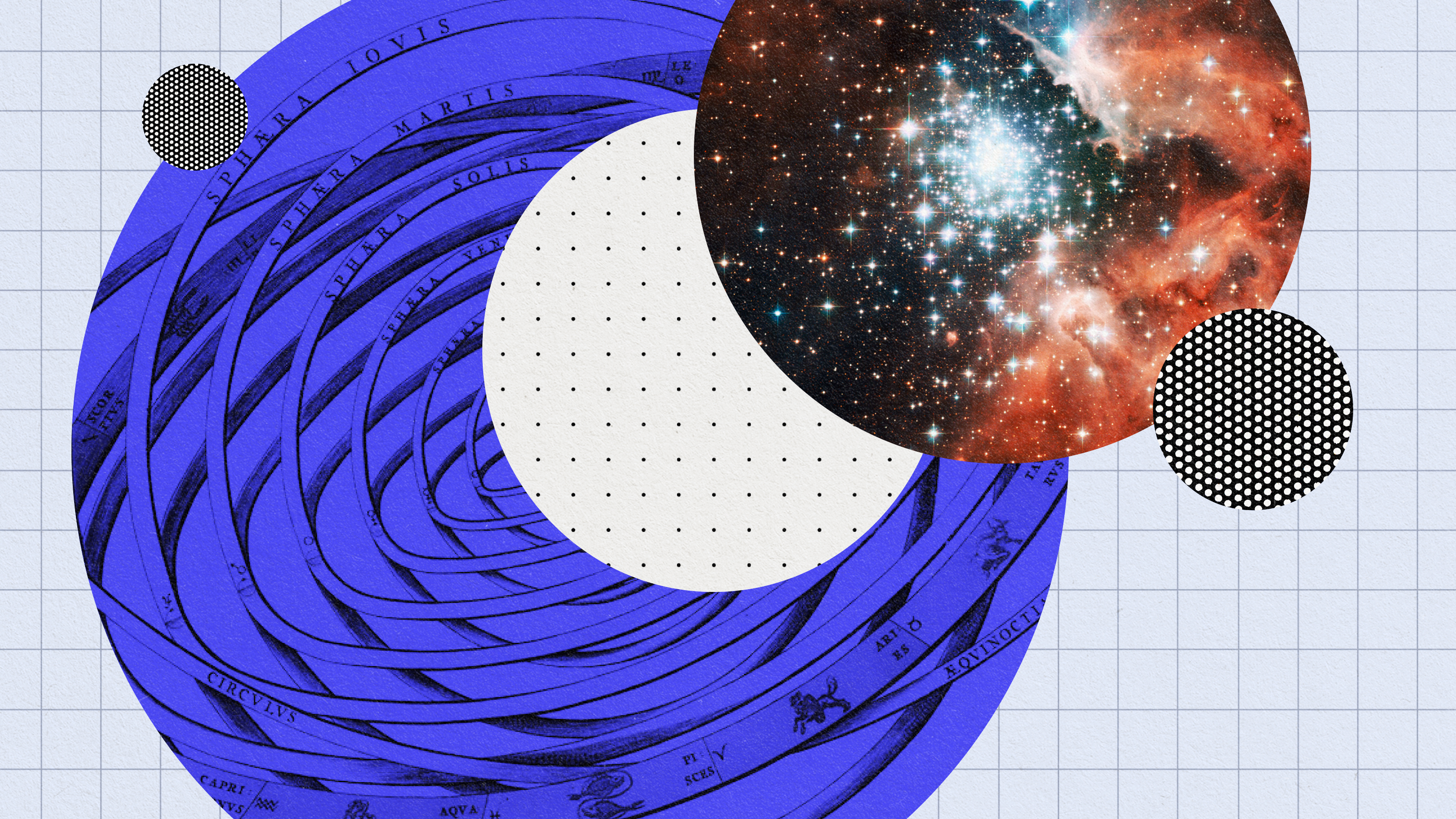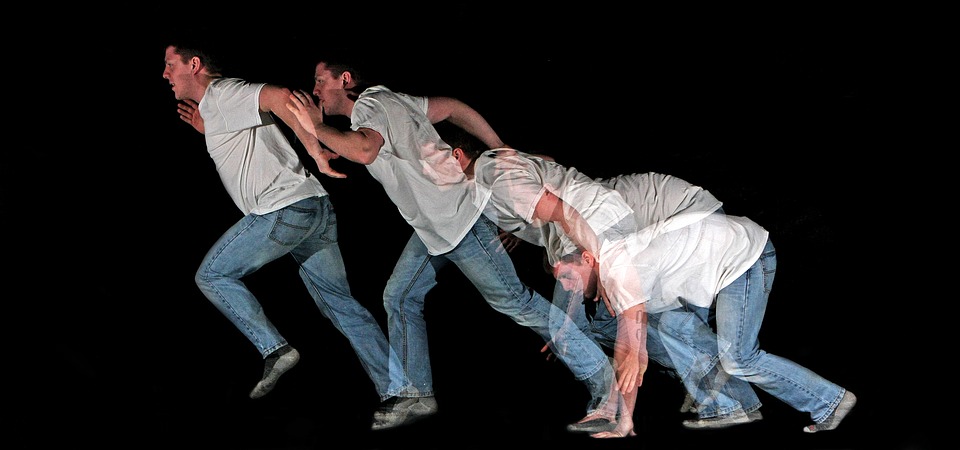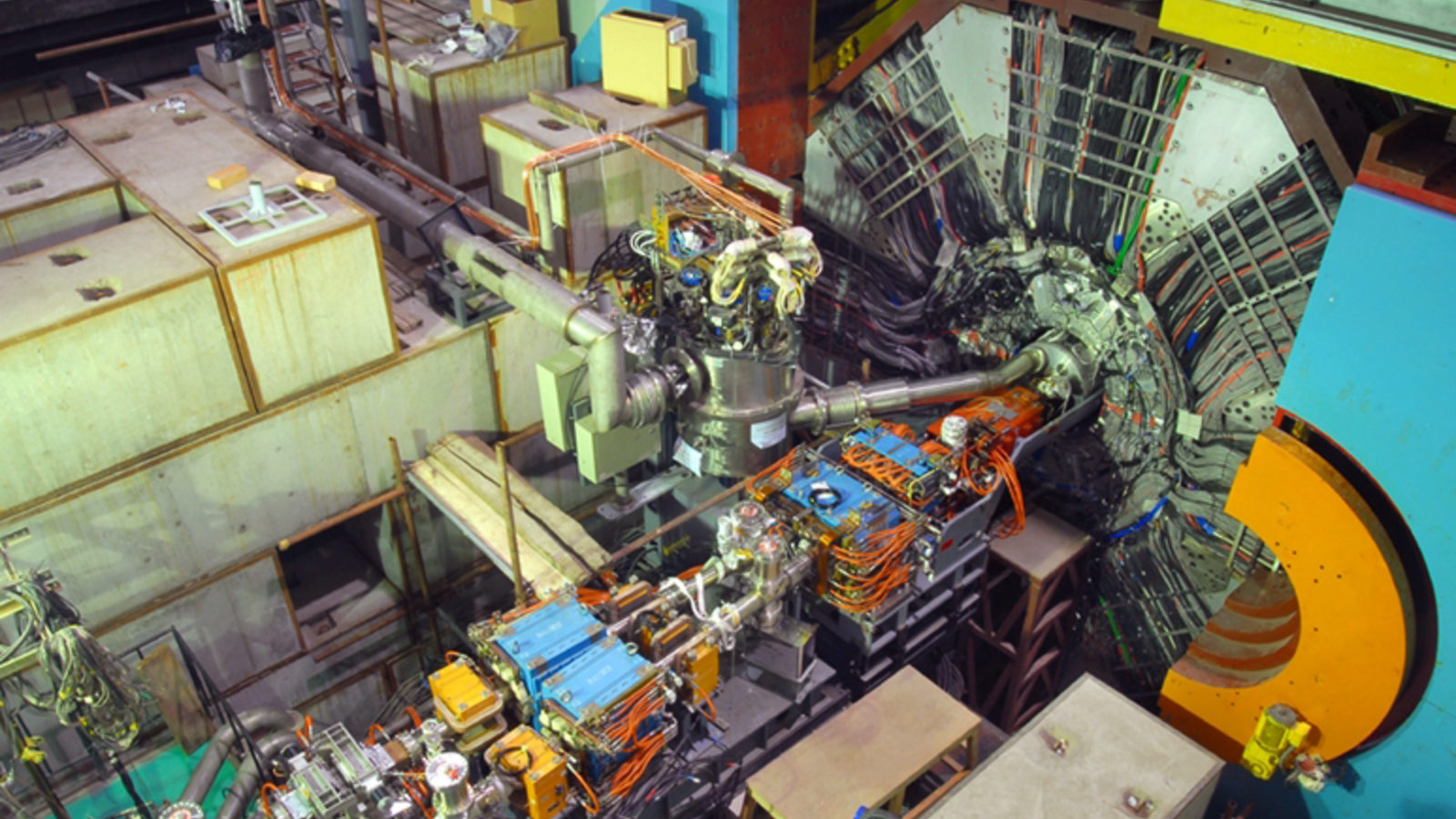The “first cause” problem may forever remain unsolved, as it doesn’t fit with the way we do science.
Search Results
You searched for: Physical Constants
Not even Einstein immediately knew the power of the equations he gave us.
Millennia ago, philosophers like Anaximander grasped that nature is the ultimate recycler.
Analog could serve as “always-on” computing, while digital is turned on only when necessary.
In all directions, at great distances, the Universe looks younger, more uniform, and less evolved. Does that mean Earth must be the center?
A recent experiment challenges the leading dark matter theory and hints at new directions for uncovering one of the Universe’s biggest mysteries.
Michael Faraday’s 1834 law of induction was the key experiment behind the eventual discovery of relativity. Einstein admitted it himself.
The conservation of energy is one of the most fundamental laws governing our reality. But in the expanding Universe, that’s just not true.
In logic, ‘reductio ad absurdum’ shows how flawed arguments fall apart. Our absurd Universe, however, often defies our intuitive reasoning.
There is no such thing as a void in the Universe.
Your sexual education was probably inadequate. Here’s the information you always needed.
▸
9 min
—
with
The Universe isn’t just expansion, but the expansion itself is accelerating. So why can’t we feel it in any measurable way?
Often viewed as a purely theoretical, calculational tool only, direct observation of the Lamb Shift proved their very real existence.
Figuring out the answer involved a prism, a pail of water, and a 50 year effort by the most famous father-son astronomer duo ever.
IceCube scientists have detected high-energy tau neutrinos from deep space, suggesting that neutrino transformations occur not only in lab experiments but also over cosmic distances.
When what we predict and what we measure don’t add up, that’s a sign there’s something new to learn. Could it be a new fundamental force?
There are two methods to measure the expansion rate of the Universe. The results do not agree with each other, and this is a big problem.
In the very early Universe, practically all particles were massless. Then the Higgs symmetry broke, and suddenly everything was different.
A perfect map is as useless as it is impossible to create.
Explanations for the cosmic speed limit often conflate mass with inertia.
The multiverse pushes beyond the limits of the scientific method. From our vantage point in the Universe, we cannot know if it’s real.
Physicists just can’t leave an incomplete theory alone; they try to repair it. When nature is kind, it can lead to a major breakthrough.
If nature were perfectly deterministic, atoms would almost instantly all collapse. Here’s how Heisenberg uncertainty saves the atom.
On the largest of cosmic scales, the Universe is expanding. But it isn’t all-or-nothing everywhere, as “collapse” is also part of the story.
The second law of thermodynamics is an inviolable law of reality. Here’s what everyone should know about closed, open, and isolated systems.
No matter what physical system we consider, nature always obeys the same fundamental laws. Must it be this way, and if so, why?
Time is relative, not absolute, as gravity and motion both cause time to dilate. Your head and feet, therefore, don’t age at the same rate.
Scientific surprises, driven by experiment, are often how science advances. But more often than not, they’re just bad science.
When cosmic inflation came to an end, the hot Big Bang ensued as a result. If our cosmic vacuum state decays, could it all happen again?
No matter how good our measurement devices get, certain quantum properties always possess an inherent uncertainty. Can we figure out why?




